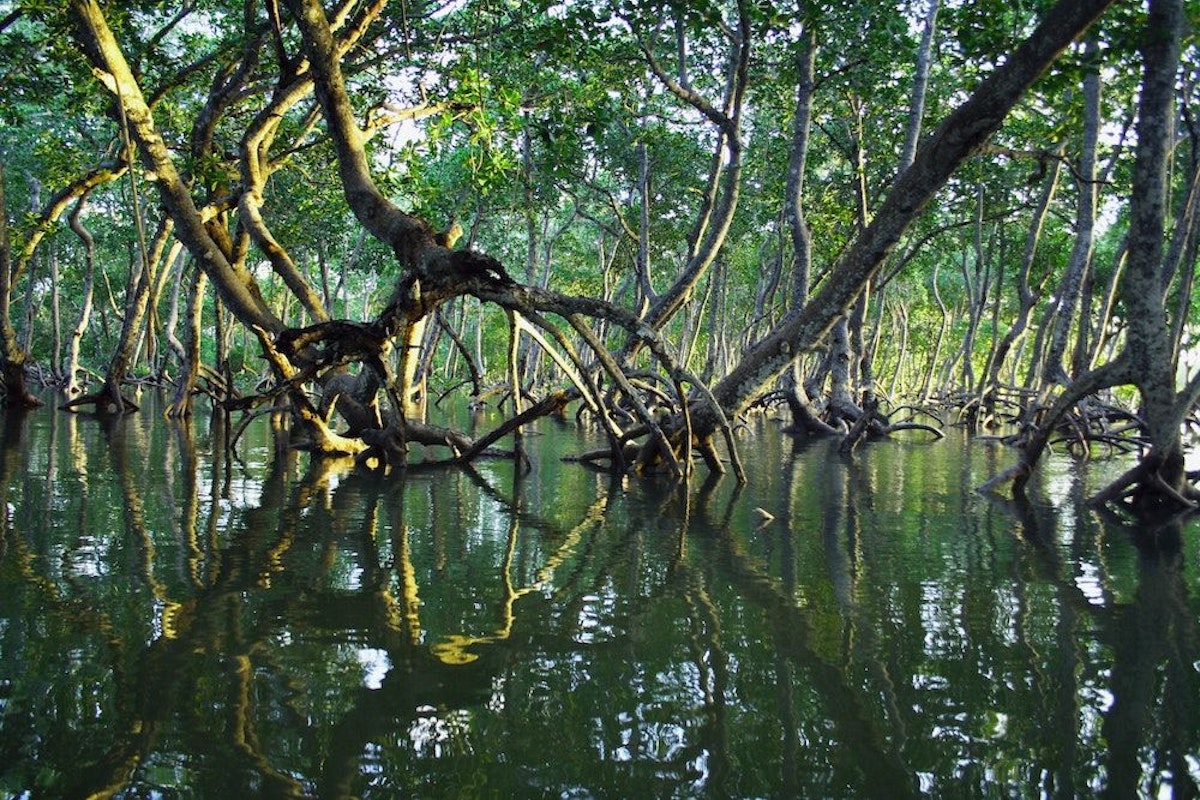We often conceive of carbon as a solely human pollution. But carbon dioxide is always flowing into and out of the sky, with or without our intervention. The real problem is how we have tipped the balance of this flow.
All plants and animals "breathe out" carbon dioxide through a process called cellular respiration. The carbon inside plant cells can also be converted into atmospheric CO2 through occasional events like forest fires. But plants also absorb carbon through photosynthesis—often more than they release. This fact makes plants a potential carbon "sink." Think of this as the inverse of a carbon source: something that provides a net decrease in atmospheric carbon.
One question now is whether we can increase the amount of carbon that the world's natural carbon sinks store—and whether we can use technology to create new sinks, dampening the effects of global warming.
📚 Jump to section:
What natural carbon sinks exist?
As noted above, plants are a major a carbon sink. Or at least they are sometimes.
From grasslands to wetlands to "peatlands," pretty much any intact terrestrial ecosystem can serve as a carbon sink. Most of the research, though, has focused on forests, and we've learned that their effectiveness as a carbon sink depends on a few variables. Most importantly, to serve as a sink, a forest must be growing in density or extent: it must be adding new trees faster than it loses them. Tropical forests, given their high growth rates, are particularly valuable sinks.
One recent study in Nature found that the world's two largest tropical forests, in Africa and Amazonia, are declining in effectiveness as carbon sinks, in part due to higher tree mortality as the planet warms. Within a few decades, tropical forests could become a carbon source, one of the lead authors told The Guardian.
Due to warming weather and increased logging, the world's forests are losing their effectiveness as carbon sinks.
An even bigger carbon sink is the soil, which holds more carbon than all terrestrial plants and the atmosphere combined. Their carbon comes from plants, too: dead and decaying organisms turn into soil as they decompose. Some carbon also enters the soil due to the "weathering" of rock, as wind and water breaks apart minerals and carry some of their contents into the soil.
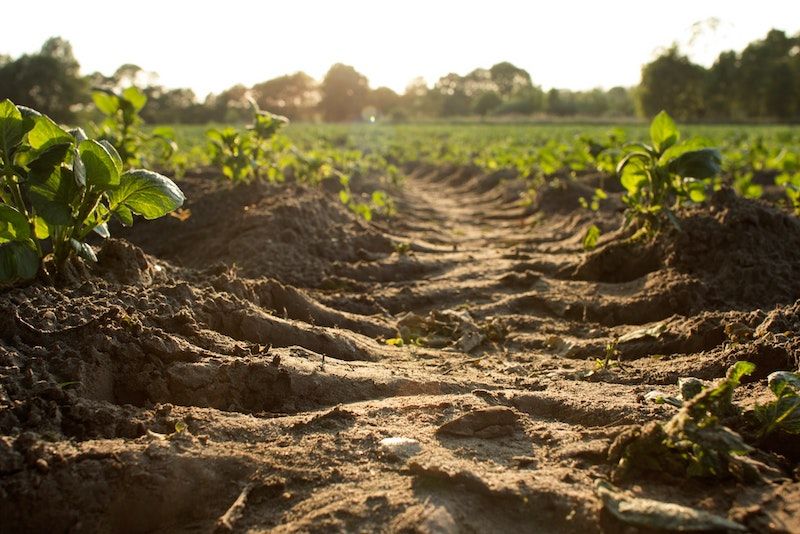
The ocean is the last major carbon sink—and the biggest of them all. (Scientists estimate that the oceans have absorbed around a third of human carbon emissions since the Industrial Revolution.) Water naturally holds dissolved gases, including CO2; the downward flow of oceans currents carries some of this carbon into the deep ocean, where it gets held for millennia. Carbon is also stored through what's known as the "biological pump": Algae and aquatic plants incorporate dissolved carbon into their bodies; some of these tiny creatures die and drift to the bottom of the ocean. (Sometimes they are eaten and their carbon is stored in a larger creature. By eating plankton, the average whale stores 33 tons of CO2 throughout its lifetime, doing the work of thousands of trees.) Eventually, this organic carbon is trapped beneath layers of mud and silt.
Is it possible to enhance natural sinks?
How to increase enhance the performance of the world's natural carbon sinks has become a topic of urgent scientific research. Planting more trees, for example, is one promising solution to climate change, though to do so effectively is not necessarily simple. Complex, old-growth forests tend to be more effective than trees planted as plantation, in orderly rows that are frequently harvested.
Fighting deforestation, at least in the short term, could do more to mitigate climate change than planting more trees.
Forests really offer two carbon sinks: there is biomass of the trees and also the soil beneath the trees. By exposing soils, deforestation can increase the release of the stored carbon back into the atmosphere. (If you factor in logging, some tropical forests already qualify as carbon sources.) This suggests a solution: We must prevent as much deforestation as we can. Given the amount of carbon currently being lost through deforestation, the IPCC actually believes fighting deforestation will do more to mitigate climate change than planting new trees, at least for now. (That's one key reason why we support an indigenous community in the Amazon in their fight against logging.)
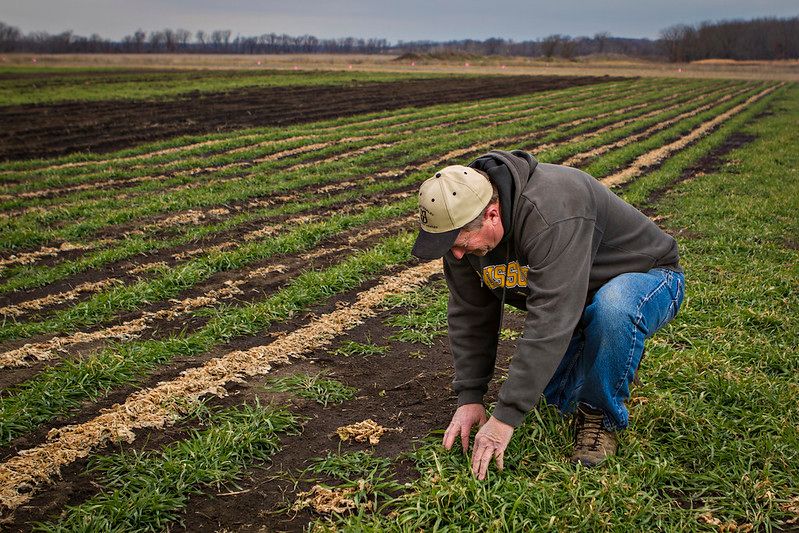
Farming has become a famous carbon source thanks to its dependence on fossil fuels. But farming also decreases the quality of soil as a carbon sink: As soils are turned over, some of the stored carbon escape into the sky. (Scientists have estimated that, through 12,000 years of farming, human beings have released 130 trillion metric tons of carbon from the soil.) There are a number of practices that can help farmlands hold more carbon, from reducing the amount of tilling to using cover crops. In the United States, a group of senators recently introduced a bill that would help create markets to encourage such practices.
When it comes to the ocean, there are important reasons not to increase its carbon content. Dissolved CO2 leads to ocean acidication, which will devastate both ecosystems and economies. Some groups want to fertilize the ocean with iron pellets, which will stimulate phytoplankton growth. This would increase the speed of the biological pump—and might reduce dissolved CO2 at the same time, solving the acidification problem. Nonetheless, given its hard-to-guess impacts, fertilization remains controversial.
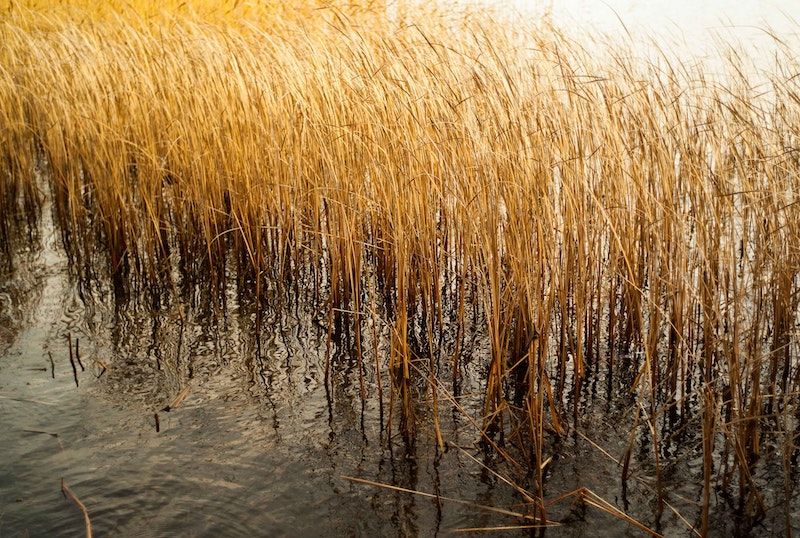
More promising is the use of coastal ecosystems as carbon sinks: mangrove swamps, salt marshes, and seagrass cover just a small amount of territory at the edges of the oceans, but contribute half of the carbon that is stored in ocean-floor sediments. This is sometimes called "blue carbon," and there is an active U.N. initiative supporting the preservation and restoration of these ecosystems.
What about technology?
It is also possible to use technology to create artificial carbon sinks. "Direct air capture," or DAC, in which chemicals are used to pull CO2 out of the atmosphere, is already viable. You can read more about this technology in our previous post on the topic, but the TL;DR is that this is a promising technology, worth exploring, but not yet ready for primetime. Once we have an electricity grid powered by renewable sources, it may be easier to scale.
In the short term, more progress may be made by focusing on technologies that dovetail with natural carbon sinks. For example, one U.S. nonprofit is attempting to genetically engineer new versions of the world's most popular row crops so they will push carbon into soils. Even simpler may the use of certain soil "amendments," which are added to farmland to sustain soil fertility.
One choice is biochar, charcoal made by heating organic waste materials leftover from farming. (Similarly, one project we support creates cooking fuels from walnut shells and grapevine trimmings). This means some of the carbon soaked up by the plants gets placed back in the soil. "Enhanced rock weathering," meanwhile, does not just restore lost carbon soil but increases it. Crushed rocks like basalt, which easily bind with atmospheric carbon dioxide, are spread on soils, and the resulting chemical reactions pull the carbon out of the air and into the earth.
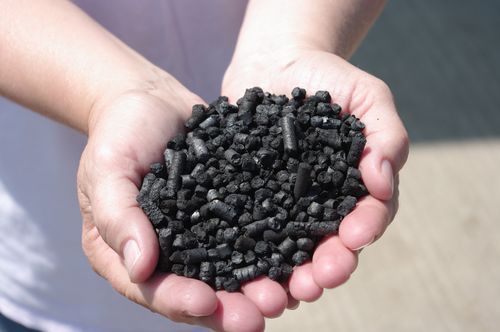
Lately, there have been wackier carbon-sink proposals, too. What about, for example, buildings? If we start using timber rather than concrete and meta for construction, the buildings we live and work in could become carbon sinks, too. In the face of an ever-worsening climate crisis, this may be the kind of creative thinking we need: every possible solution considered and pursued.
Read this next:
What factors affect climate?
July 21, 2020 · Climate knowledge
